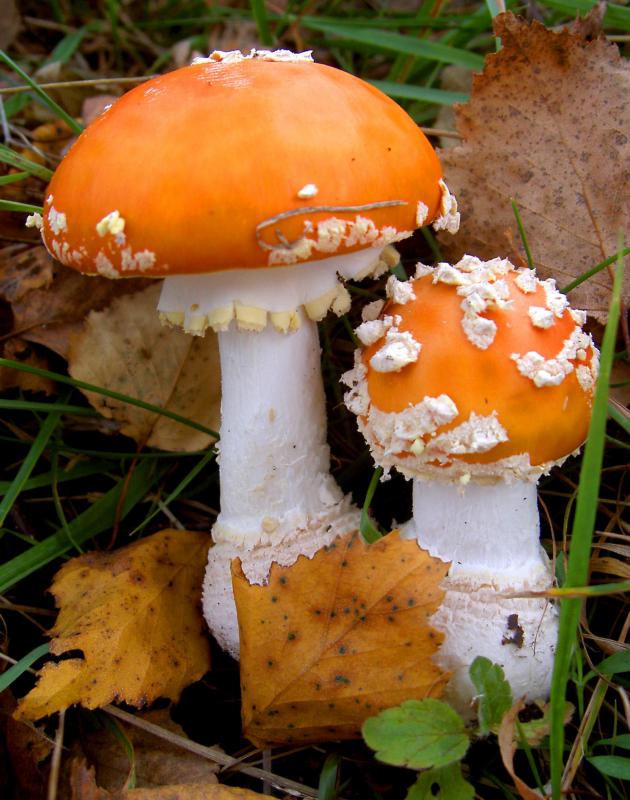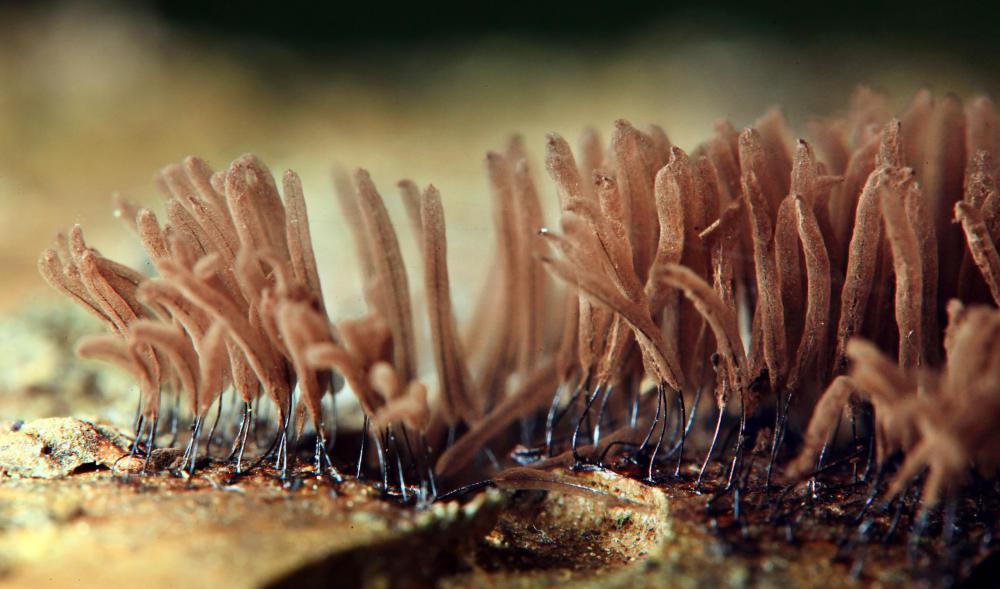At DelightedCooking, we're committed to delivering accurate, trustworthy information. Our expert-authored content is rigorously fact-checked and sourced from credible authorities. Discover how we uphold the highest standards in providing you with reliable knowledge.
What is a Fairy Ring Mushroom?
A fairy ring is a mushroom growth habit which tends to occur in areas with evenly distributed nutrients. One particular type of mushroom, the edible Marasmius oreades, is heavily associated with fairy rings, leading many people to call it the fairy ring mushroom. However, wild mushroom collectors should exercise caution, since technically any mushroom species could form a fairy ring. Since many mushrooms are not so pleasant to eat, mushroom foragers should rely on several visual cues before collecting and consuming mushrooms which grow in a fairy ring.
Before delving into the details of M. oreades, it helps to understand how a fairy ring forms in the first place. Mycologists believe that a fairy ring starts with a small cluster of spores. The spores start to form a mycelium, an underground network of roots which actually makes up the bulk of a fungus; the mushrooms are only the fruiting bodies. As the mycelium uses up nutrients, it expands in search of more nutrition, forming a classic ring or arc-like shape. The center of the ring does not host the mycelium any longer, since it has been depleted of useful nutrients. When the mycelium decides to put out fruiting bodies, a fairy ring of mushrooms appears.

Before people understood how mushrooms worked, individuals who encountered a fairy ring thought that it had been left behind by dancing fairies. The fairy ring mushroom is frequently found in lawns, since lawns are heavily and very evenly fertilized. Some gardeners strongly dislike fairy ring mushrooms, since they cause strange patterns of dead grass to appear in the lawn. When the culprit is edible, gardeners can eat the mushrooms, but a range of other species including Chlorophyllum molybdites, Agaricus campestris, and Clitocybe dealbata can also form fairy rings in lawns. Some of these species are not edible, and the Agaricus genus is actually quite toxic.

In the case of M. oreades, often called the Scotch bonnet or fairy ring mushroom, several features can be used as identifiers. The mushrooms have medium-length leathery and somewhat dry stems, topped by bell shaped to convex beige caps. When the caps are flipped, a set of widely spaced white forked gills should be revealed. The spore print of this fairy ring mushroom is white. People who have not picked mushrooms before should consult with an experienced collector before consuming mushrooms.

Most people only eat the caps of the fairy ring mushroom, since the stems tend to be chewy and slightly leathery. The stems, however, can be used in stocks and stews for extra flavor. The caps tend to be slightly bland, with a hint of an interesting flavor which can be brought out by very light cooking. They also fare very well as dried mushrooms, and will rehydrate readily, unlike some other mushroom varieties.
AS FEATURED ON:
AS FEATURED ON:















Discussion Comments
Agaricus campestris is wonderfully edible and cultivated mushroom. A. bispora are also in the genus. There is a poisonous Agaricus, but it is not deadly and not exactly enticing, though visually close to the others.
A person of some knowledge once told me, 'fairy rings were a particular type of mushroom that when ingested resulted in hallucination of falling through into a world inhabited by fairies'.
Hallucinations resulting from plants often correspond to the plants or ingredients. Fairy rings were one type.
Post your comments